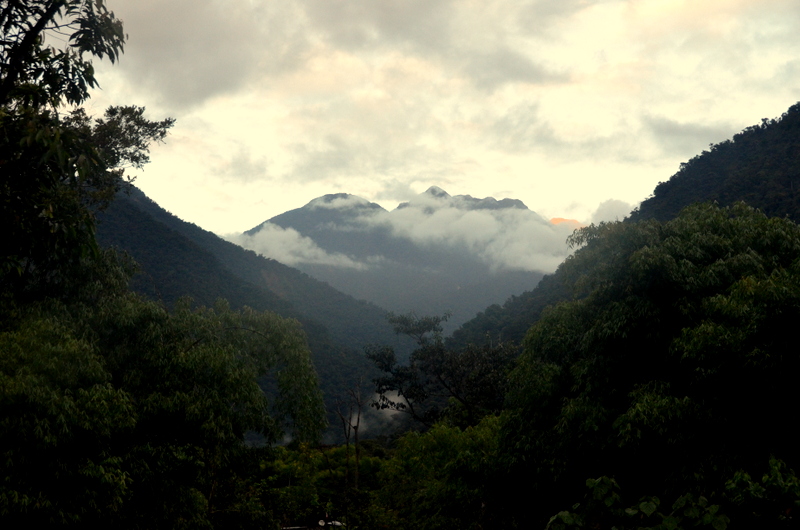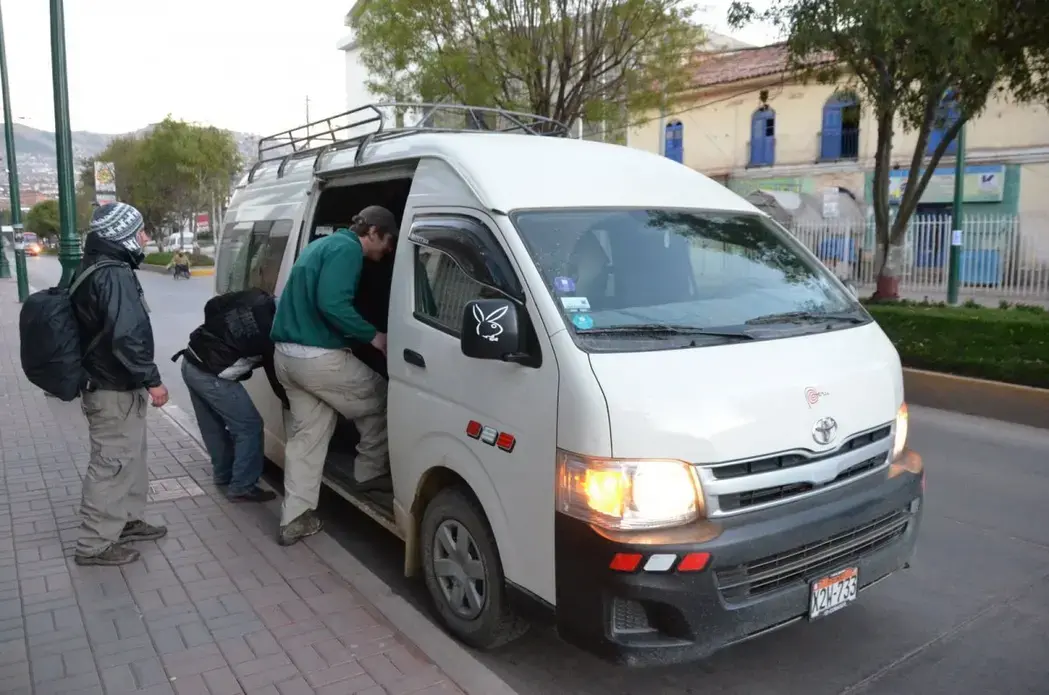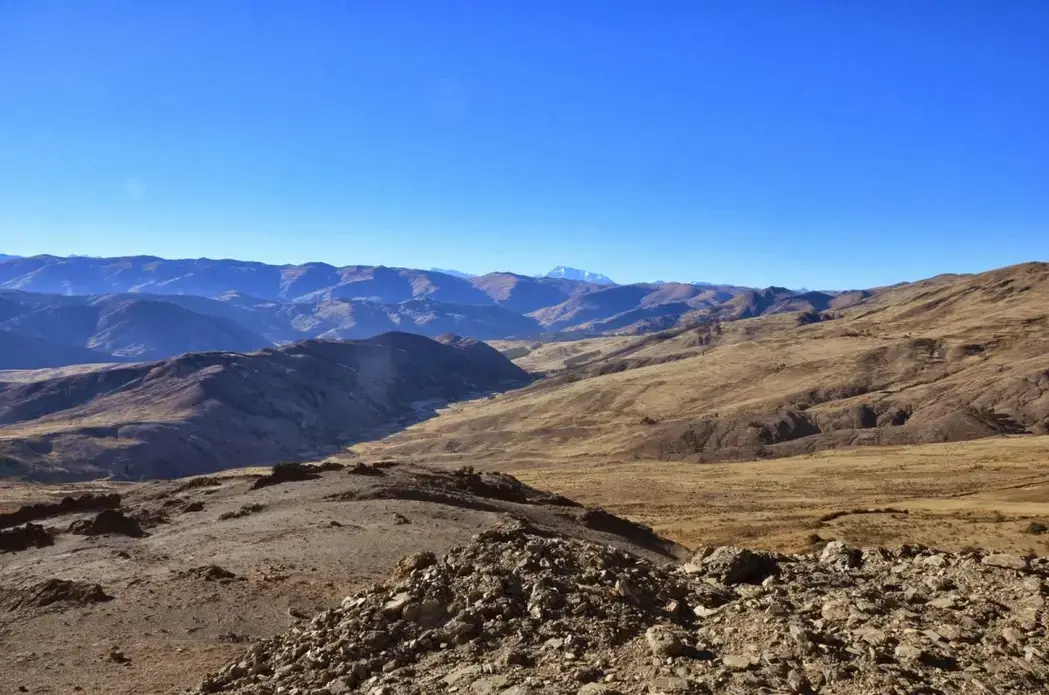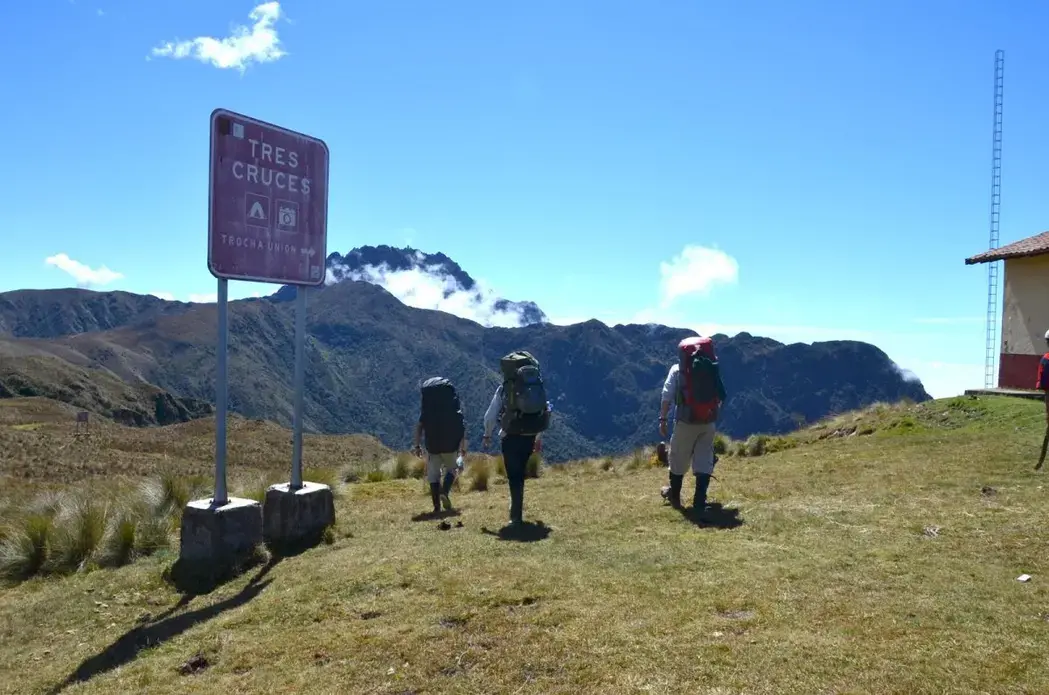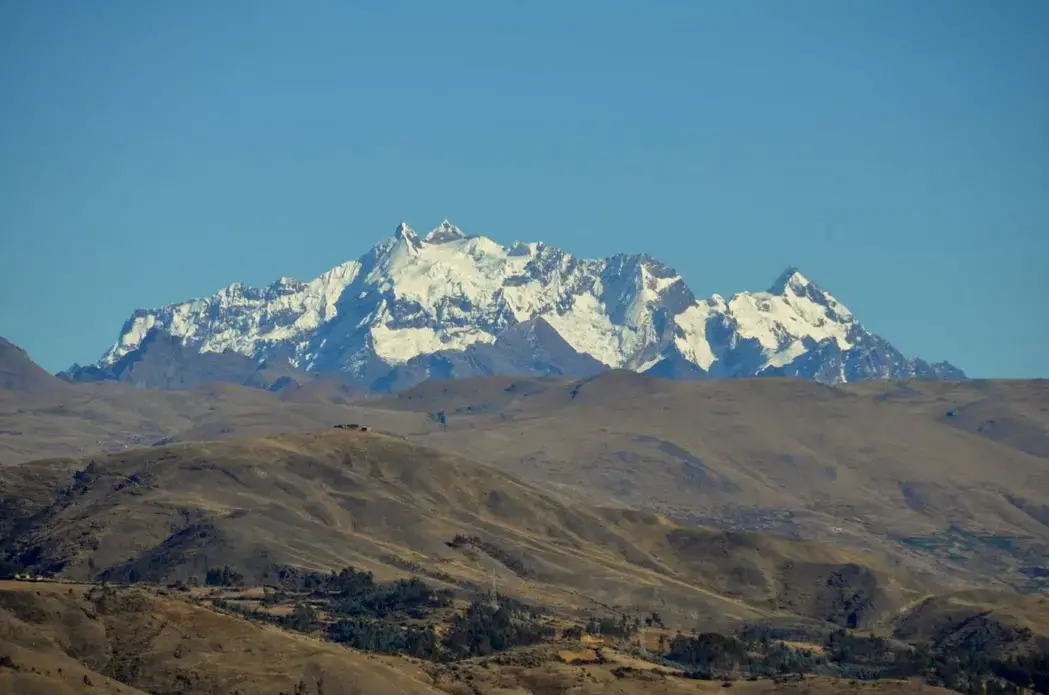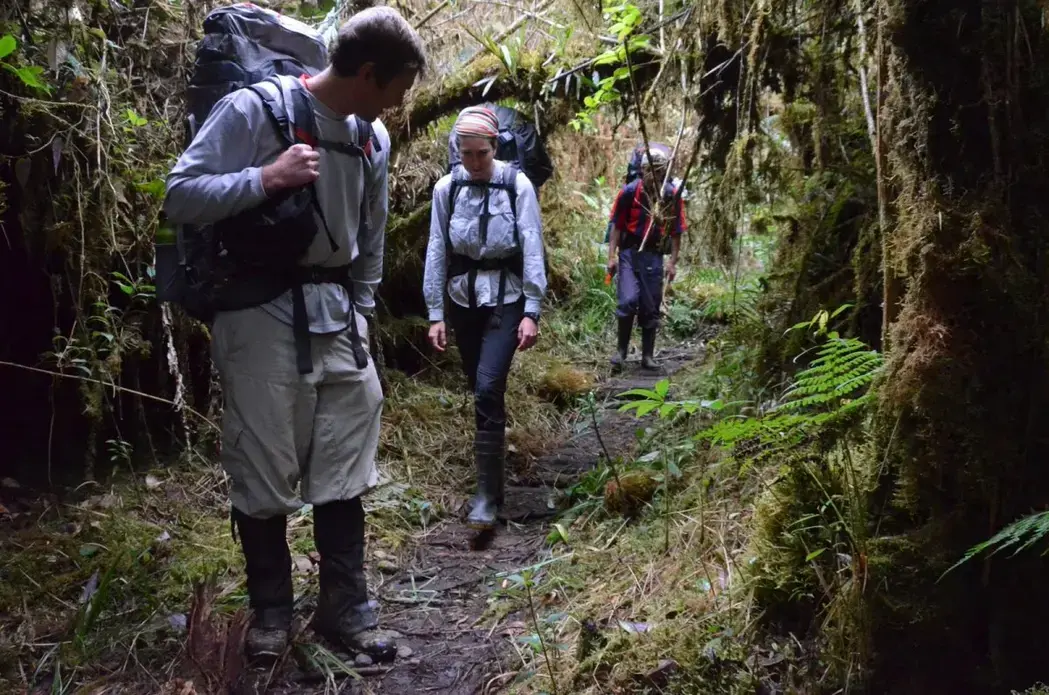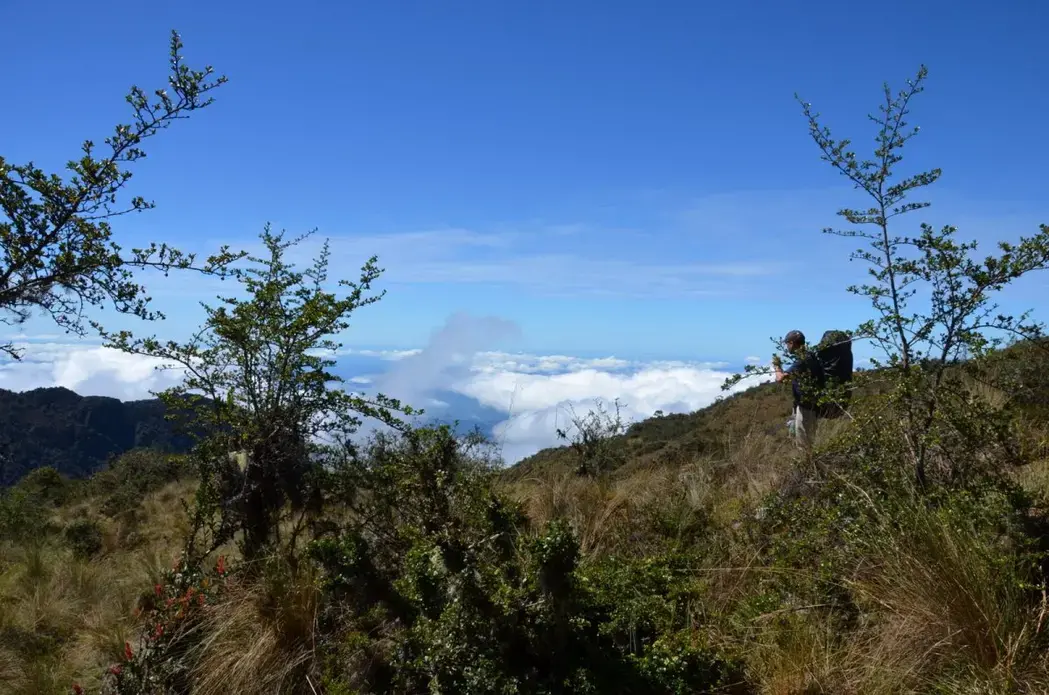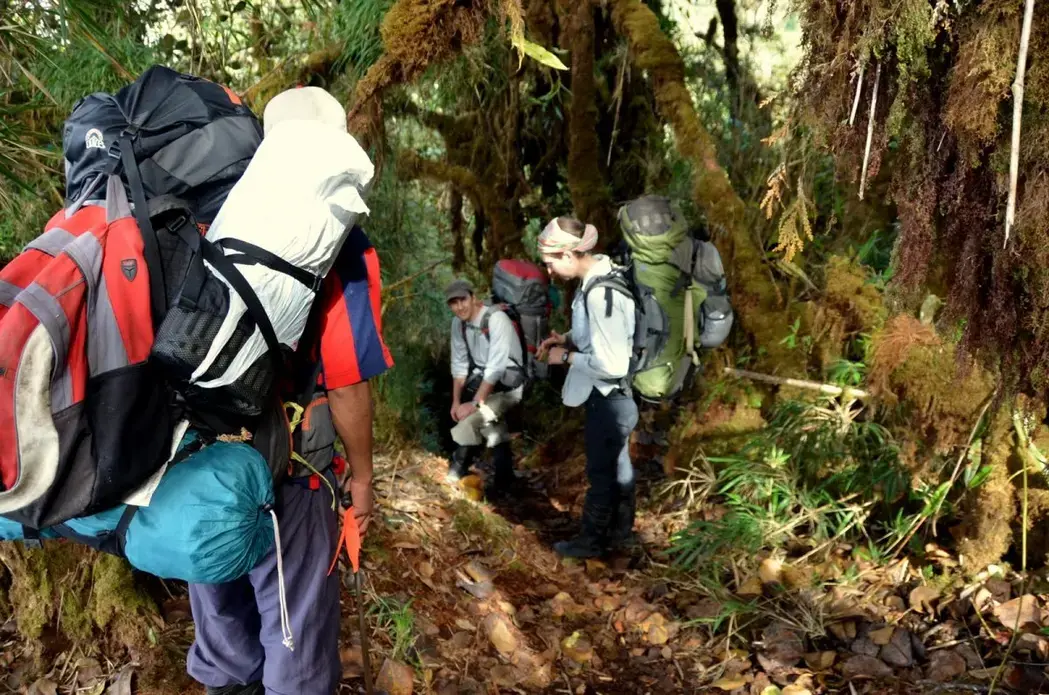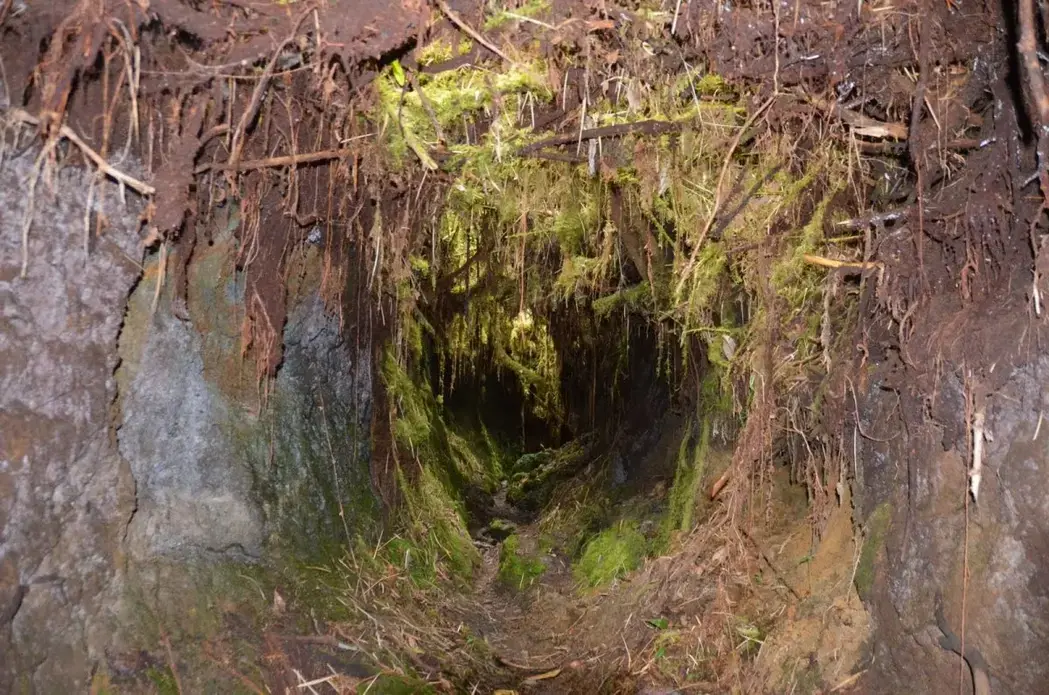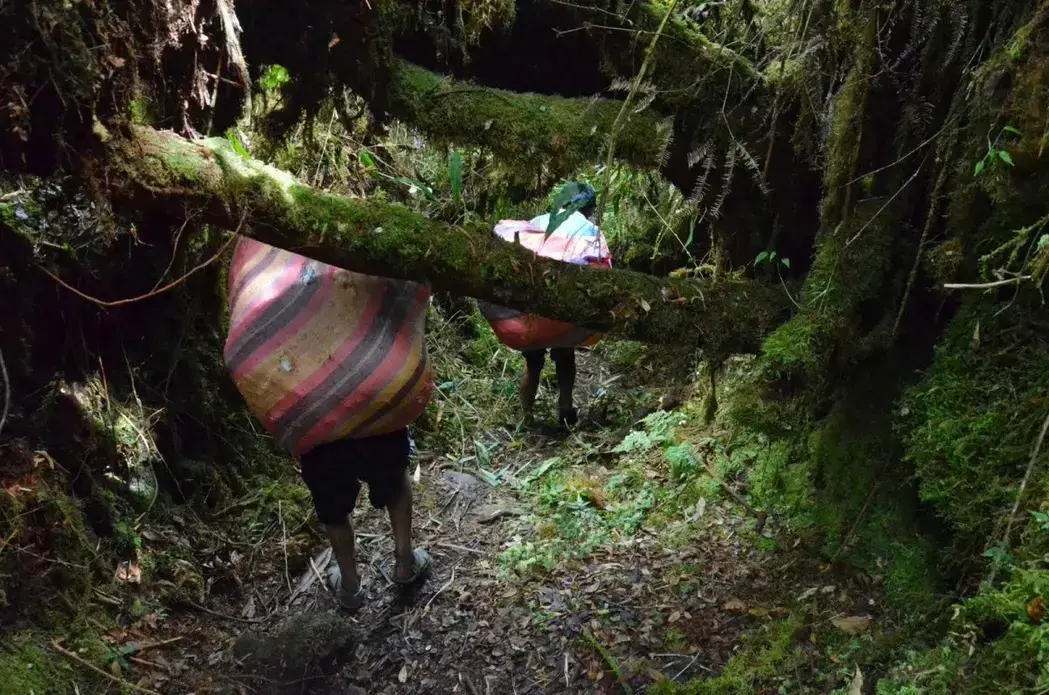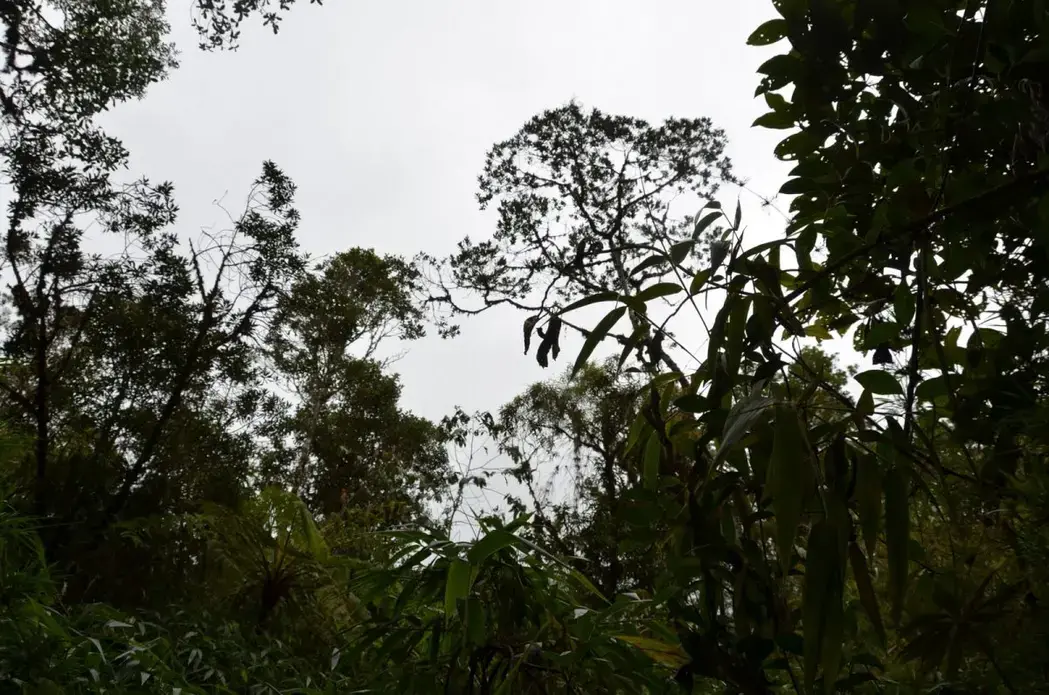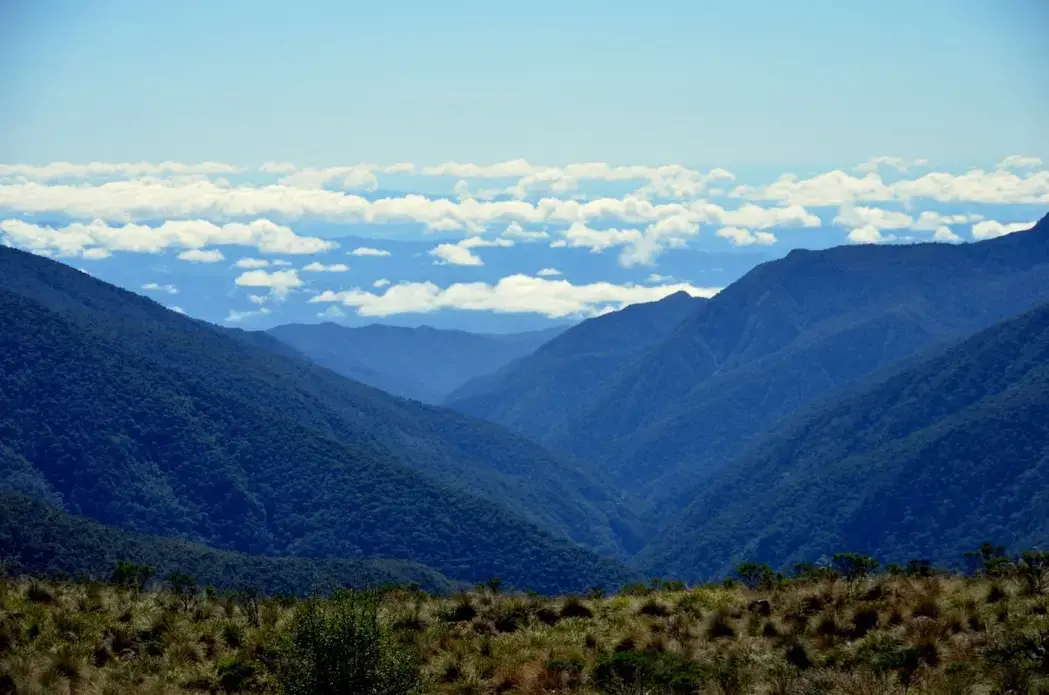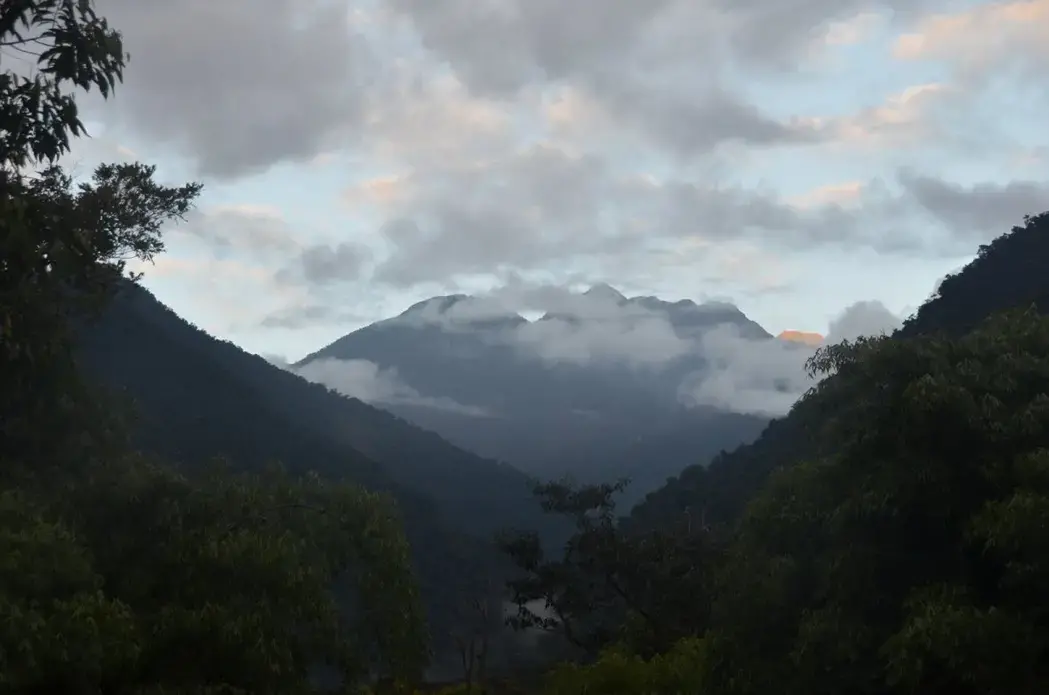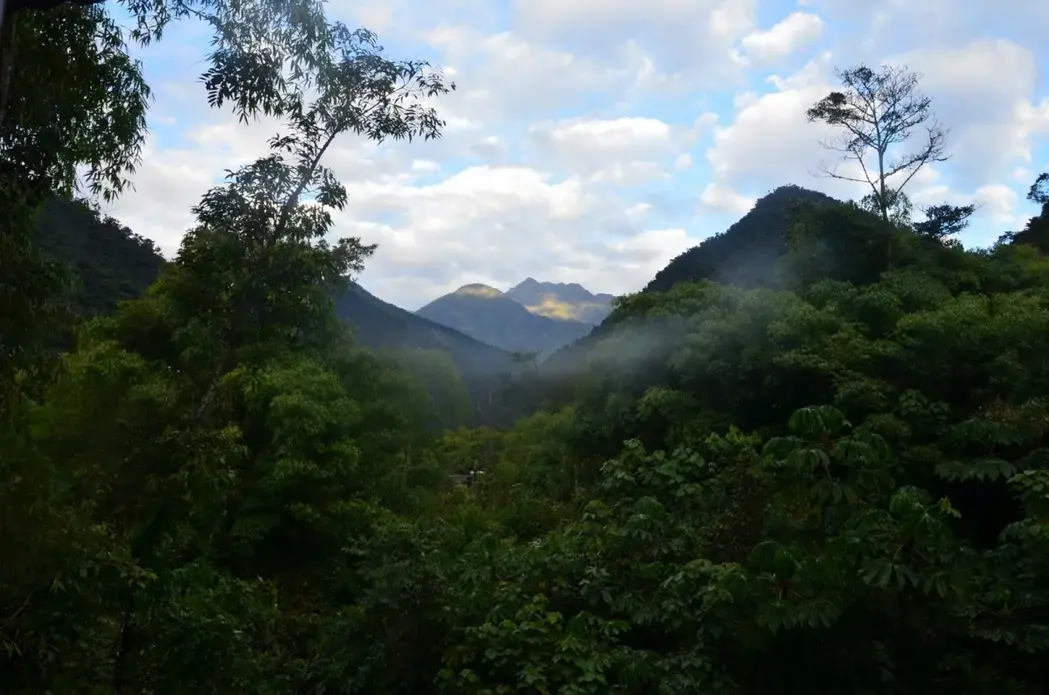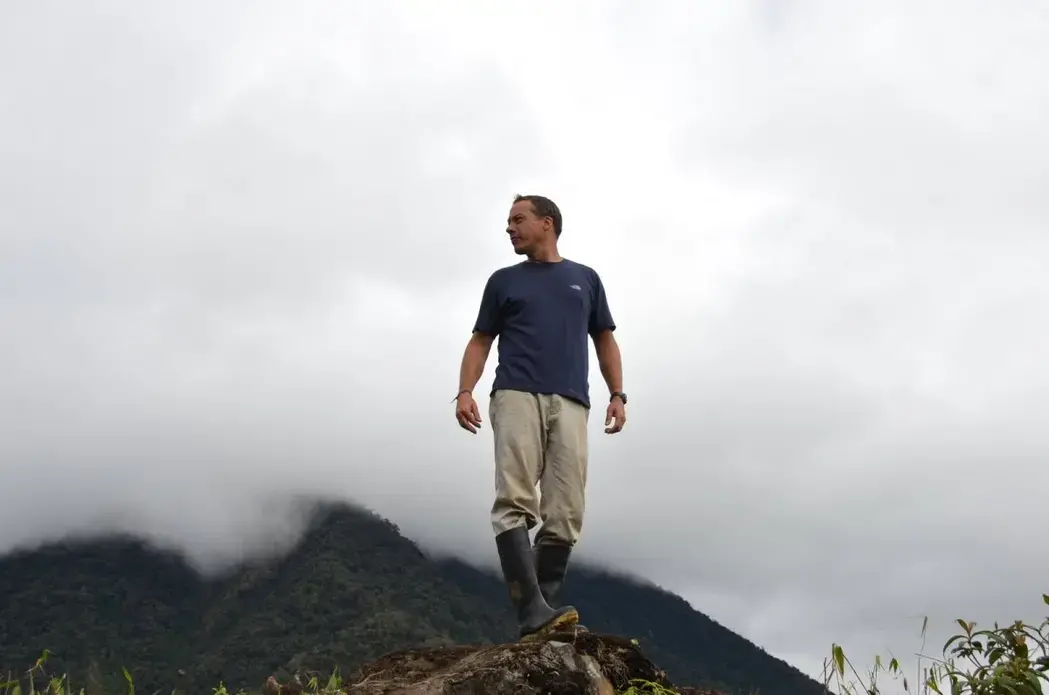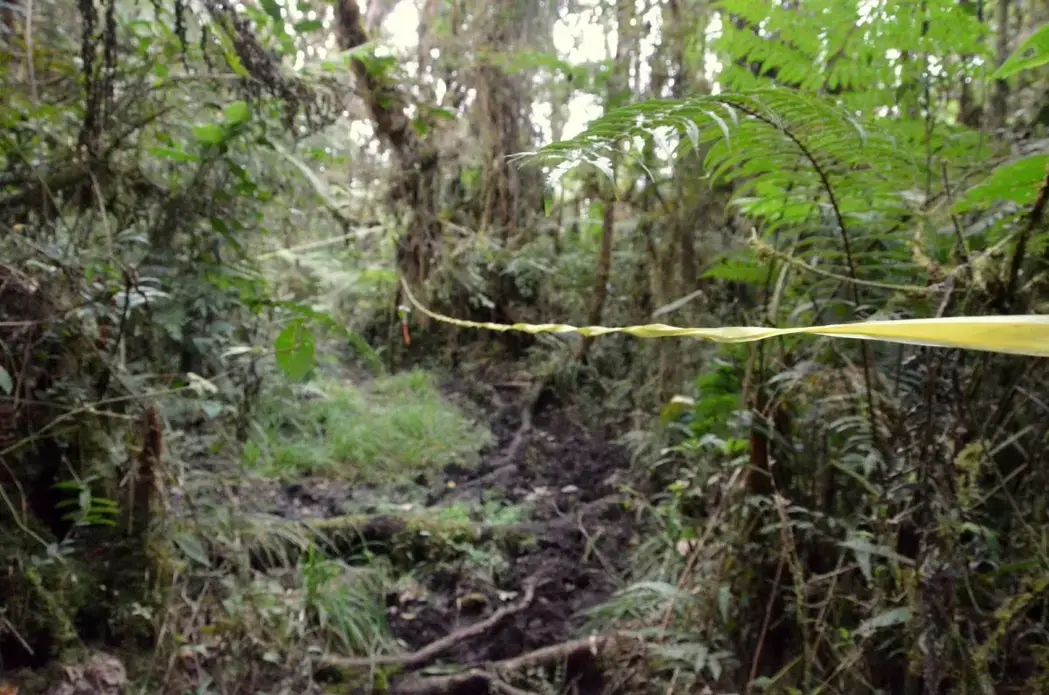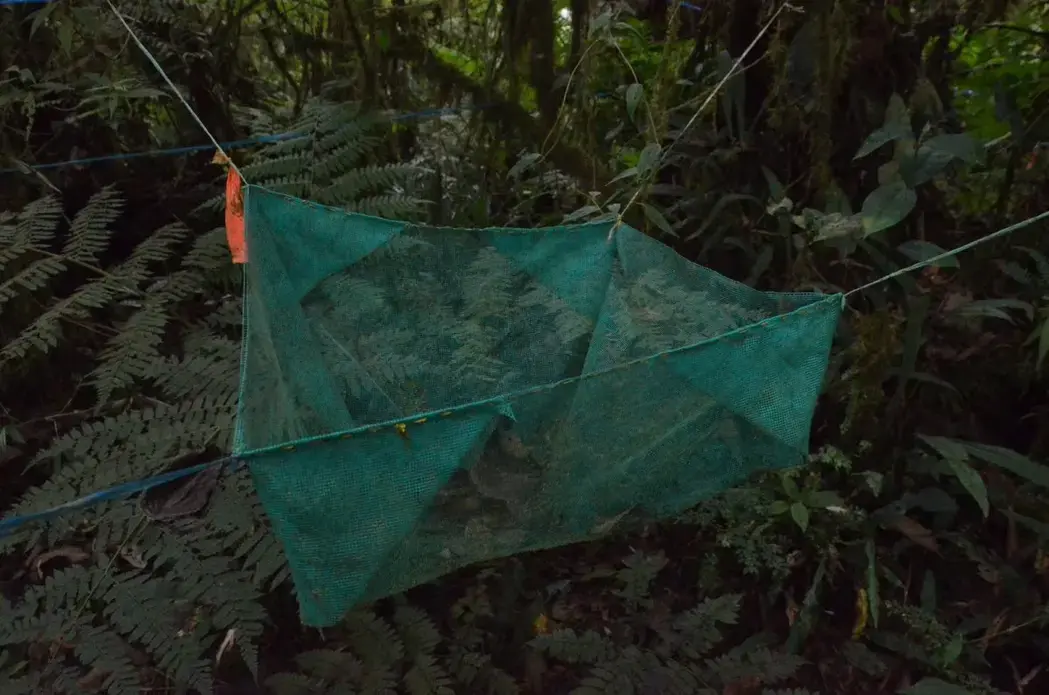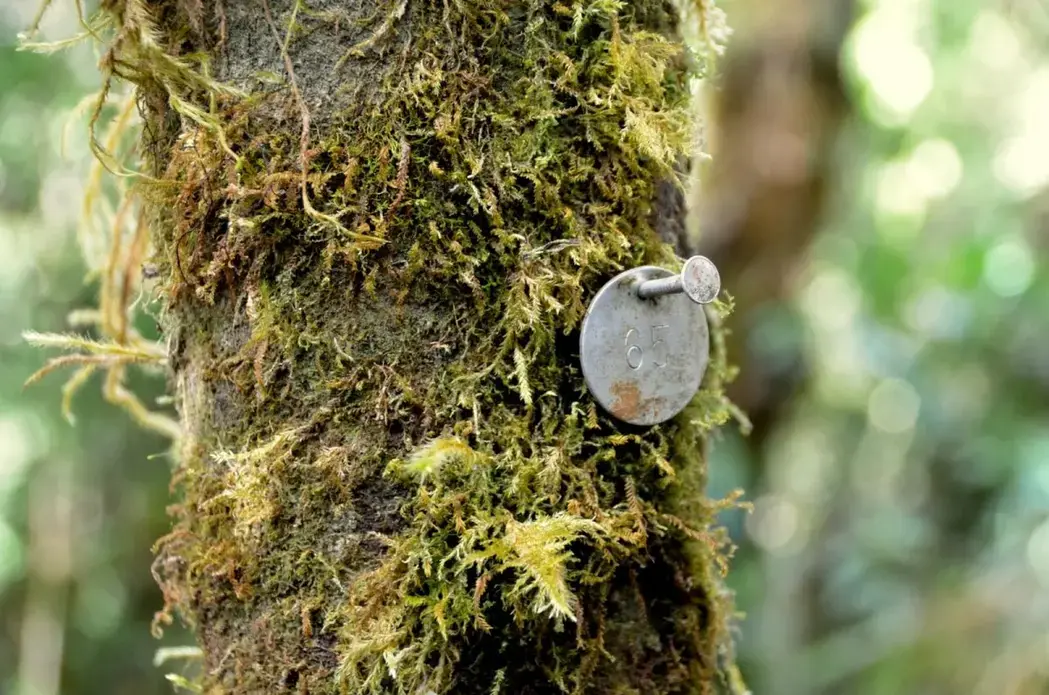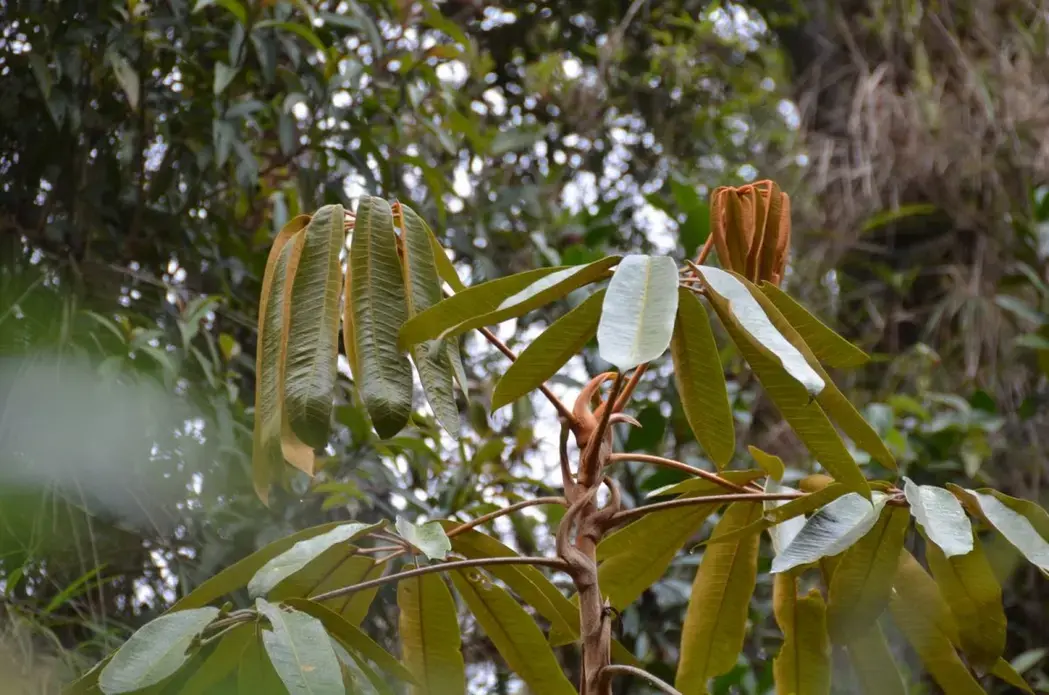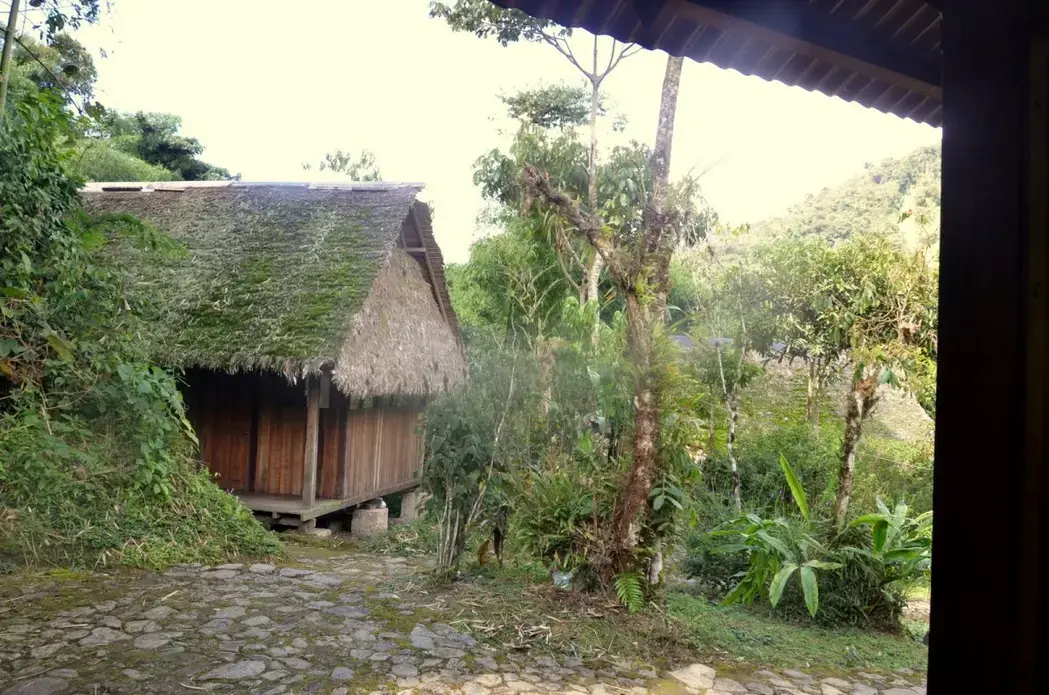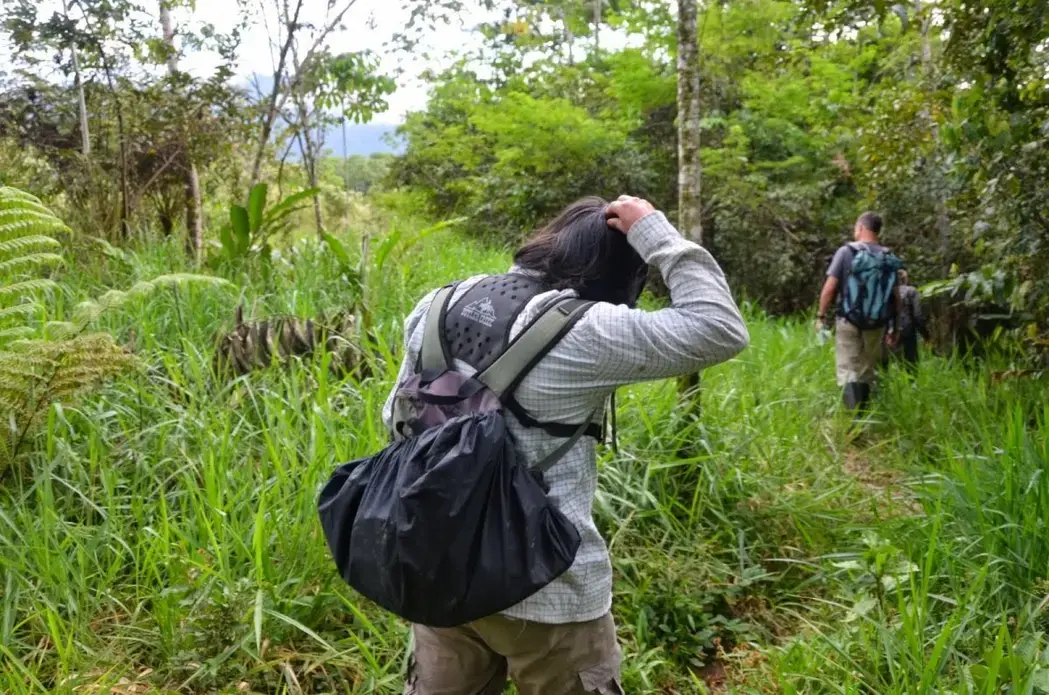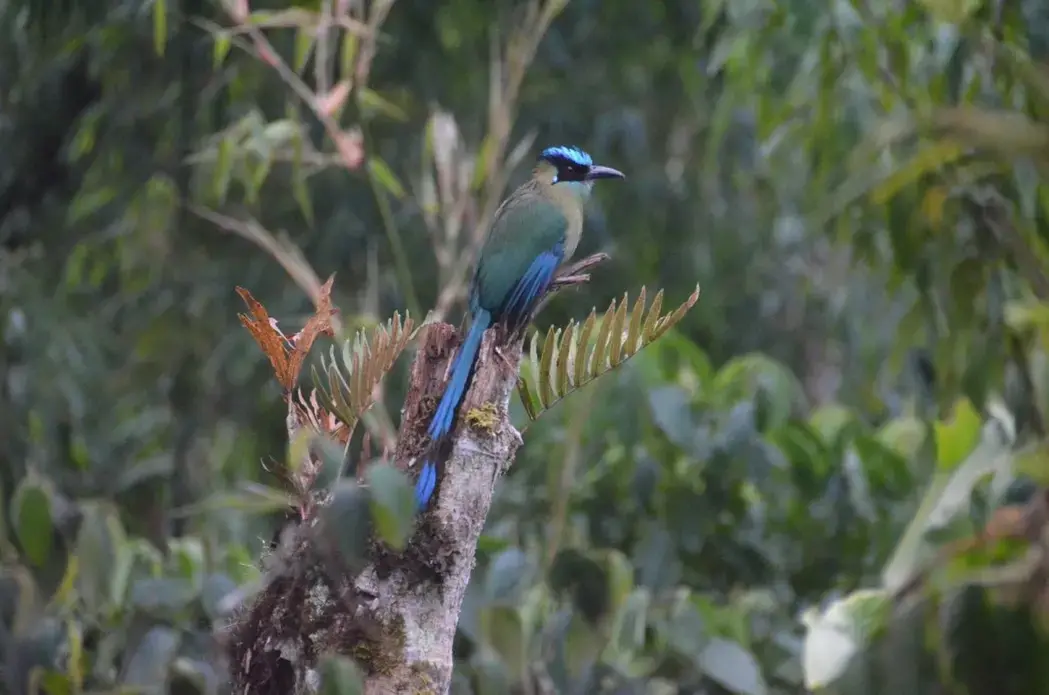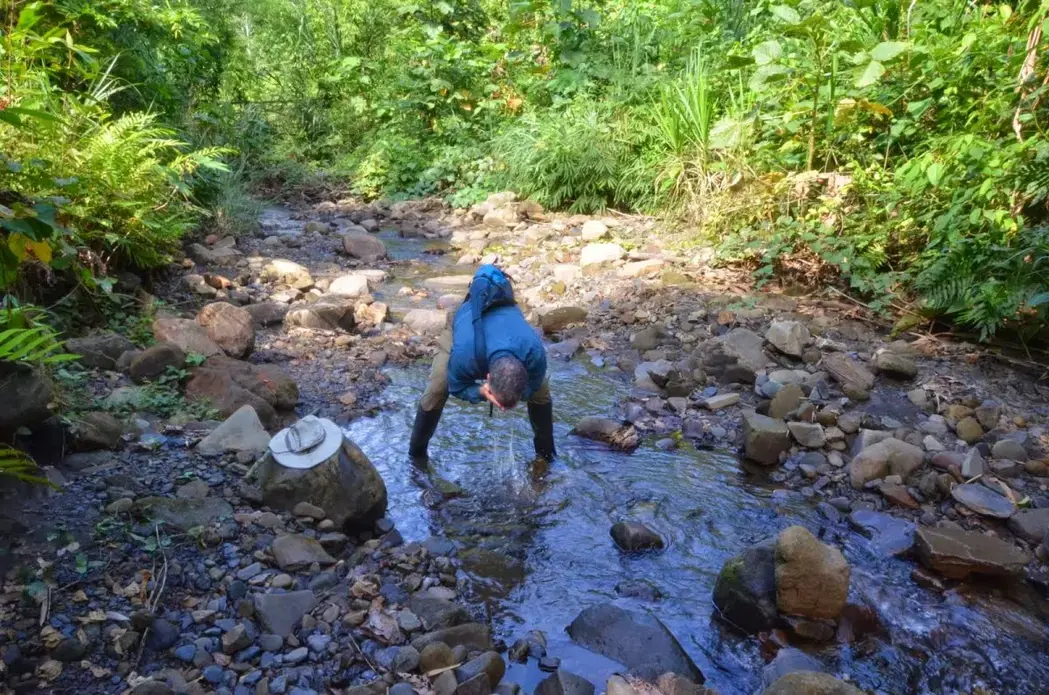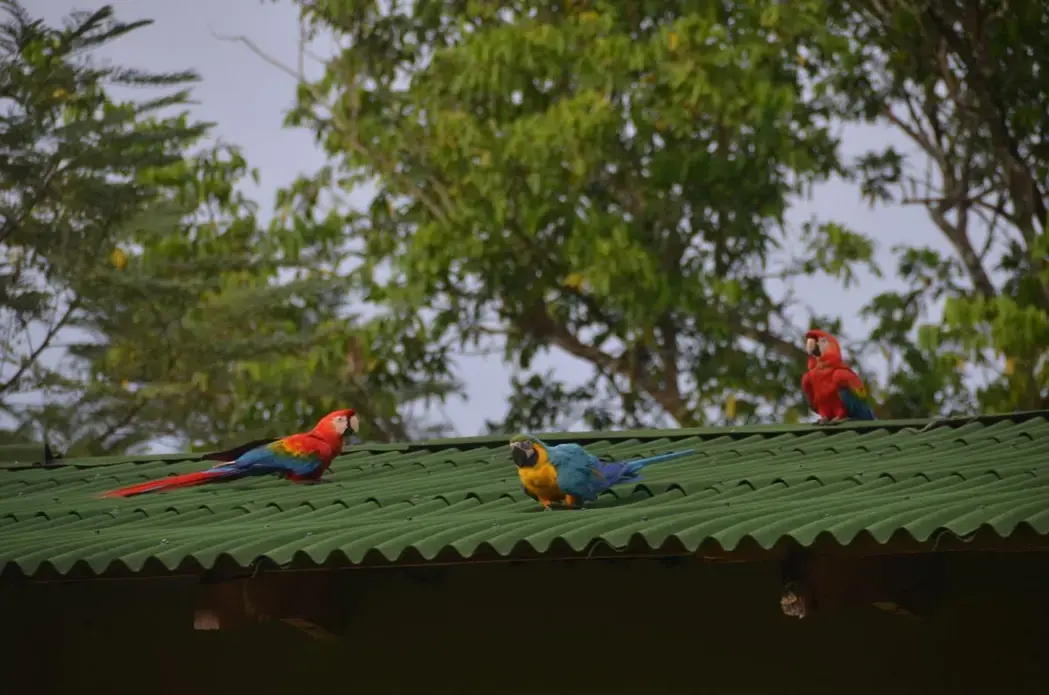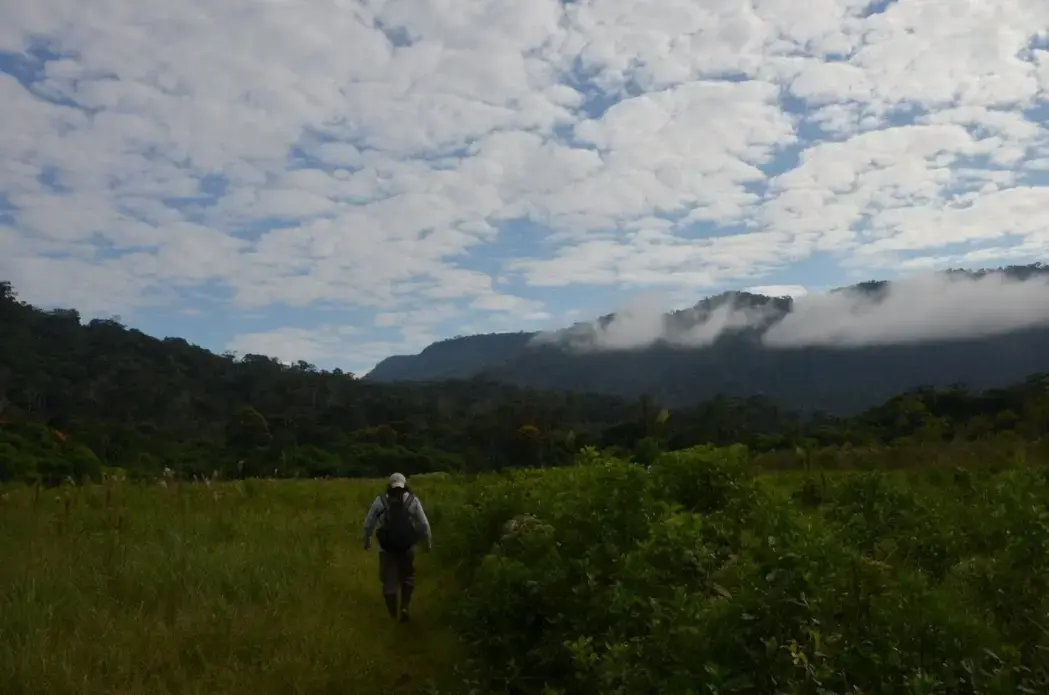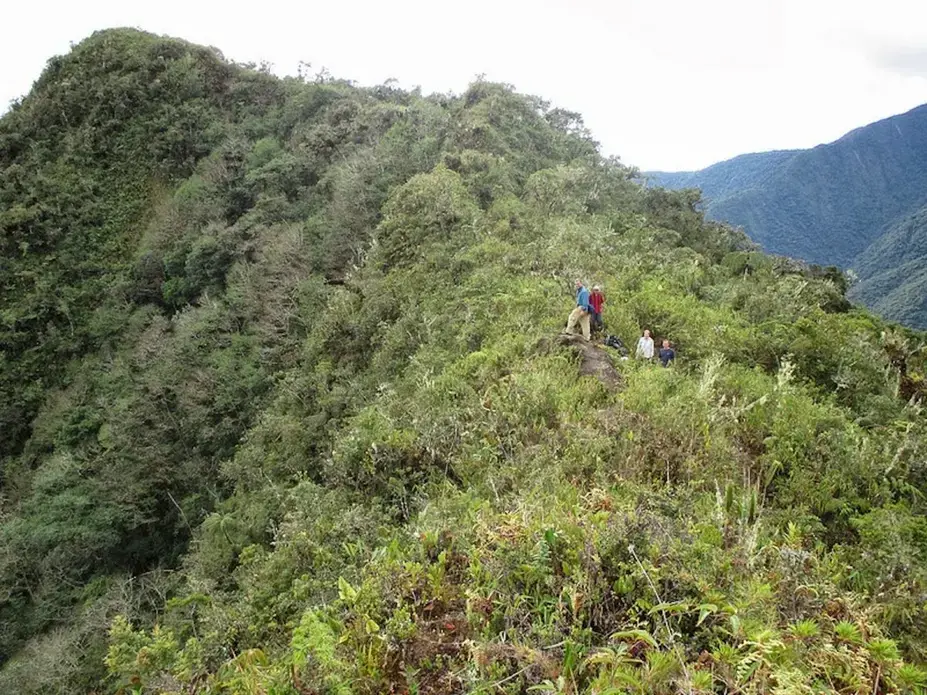This article by Jennifer Welsh was posted on Business Insider.
Rising sea levels and more extreme temperatures aren't the only problems we can anticipate as the Earth warms. Climate change is causing local extinctions of plants and animals — and in places like the Amazon basin, these plants are moving to higher or lower ground in response to changing environments.
Justin Catanoso, grantee of the Pulitzer Center on Crisis Reporting, spent July 25 to Aug. 11 in Peru with Wake Forest University tropical biologist Miles Silman. He hiked through Manu National Park with the researchers to experience the wonders of these tropical forests for himself.
While we often think of climate change impacting the poles first — with melting ice caps and dying polar bears, a study published in the journal Nature on Oct. 9 says that these tropical forests, and other tropical areas like coral reefs, will be impacted first by these changes.
Catanoso saw these changing forests firsthand while he visited the area over the summer. He saw the extreme diversity of these forests, how they literally create clouds, and how the area is rapidly transforming.
The experience of these important geographies changed his entire worldview on climate change.
"We are going to lose our coastlines. We are going to lose the ice caps," Catanoso said. "It's not hundreds of years off. It's the coming generation. And the generation after that. My grandchildren are going to be living in a very different world if we don't slow the rate of warming."


